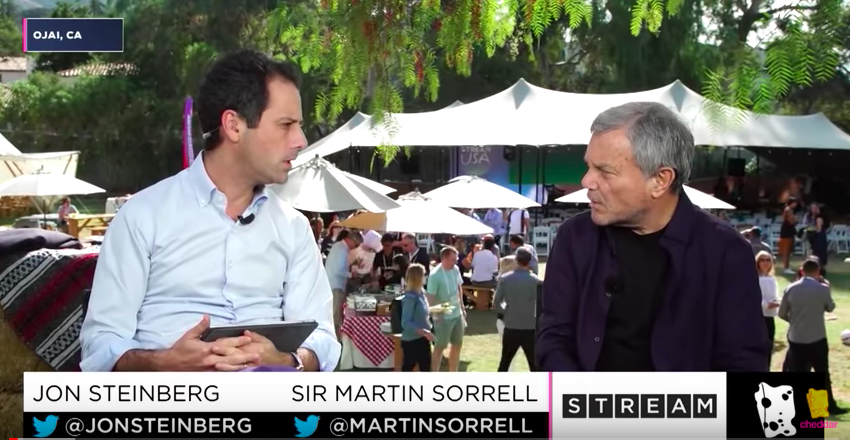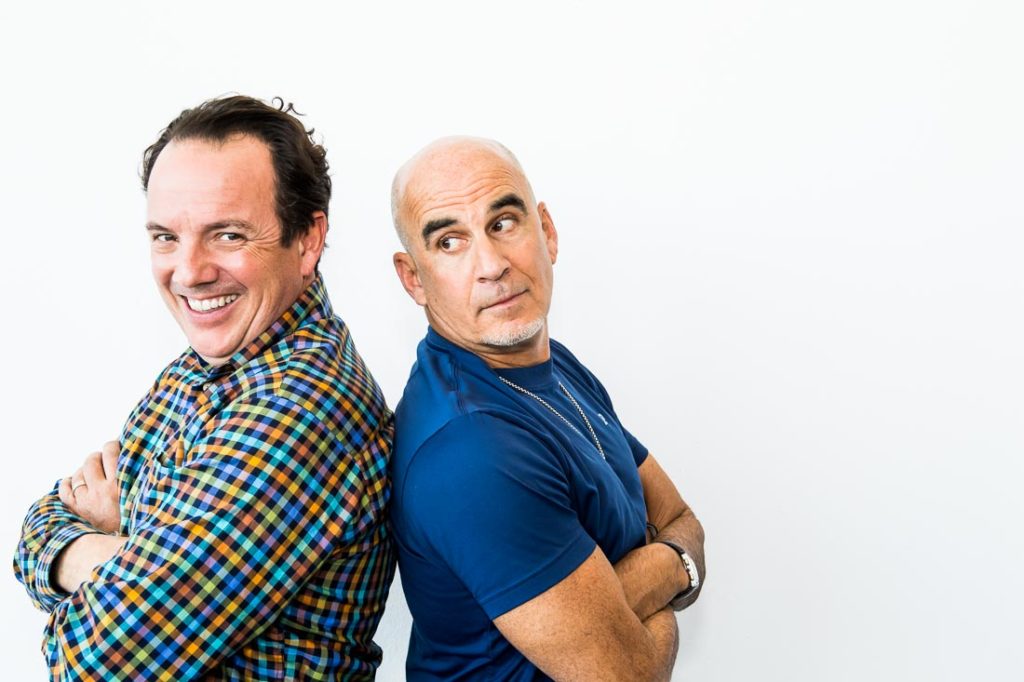
by John Andrews and Ted Rubin
Ad giant WPP recently reduced its full-year earnings for the second time this year with CEO Sir Martin Sorrell citing a myriad of challenges… from consumer goods company spending cutbacks, to Trumponomics (disappointed by this reference to say the least). Sorrell’s comments over the past couple years, and in the Cheddar interview here, highlight the challenges facing the ad industry and its clients as media consumption increasingly migrates to digital channels and on-demand consumption and the “me” media evolution. Sir Martin also points to the fact that Google, and now Facebook, have become the largest investment pools WPP is deploying for their clients. Maybe the problem lies in the fact that Facebook and Google are tactical vs. strategic decisions but are being treated as overarching, and all encompassing, approaches. Many media decisions currently being made in digital seem to be retreads of traditional media tactics where bigger is better… and interruption is still rules the day (a strategy fast facing extinction).
WPPs chief has astutely pointed out many times that Google, Facebook and their kin are media companies. What Sir Martin and others don’t speak much about is the fact that they are also competitors. Individuals, small business, and now large companies, are all realizing that agencies aren’t required for digital marketing and capable in-house teams can be much more efficient and effective… especially with the platforms offering state of the art content management and analytics tools. Compounding the challenge for agencies is that a combination of desperation for relevancy among publishers, and lack of controls, has resulted in 1/3 of digital ads being fake or bots… according to WPP’s own research. The agency business has a digital trust problem, one that is being exploited by Facebook, Google and individual “Age of Influence” publishers.
Owing to its brand strength, Facebook has become the default for brand advertising dollars. The platform did a masterful job of transitioning to mobile and is simply where the most eyeballs spend the most time… and “engagement” is native to the platform. It also has leveraged its Instagram platform to become a perfect medium for brands to connect with consumers… with more visual, story-telling, and native-based content that adds value to the user experience, vs. a constant stream of interruption. Finally, its ad pricing punishes brands for bad ads, a simple strategy for success. Other channels, the highest profile one being Snapchat, have been less successful at integrating and balancing the needs of users and advertisers alike. Snapchat, for instance, has struggled with creating advertiser value while staying true to its platform vision. Snapchat has a robust audience of valuable younger consumers but in its current form, it does not have the brand engagement capability that marketers are seeking… nor the loyalty with Instagram Stories effectively competing for market share. As with agencies, brand trust is challenged by the lack of transparency, metrics, and measurable brand impact needed to justify scaled brand investment.
All of this friction will bring increased pressure on all parties in 2018 as investors, advertisers, and consumers all seek enhanced value from digital channels. Investment will increasingly flow in the direction of engagement driven by utility for all parties. For example, with 60% of product searches now starting on Amazon, it too will become greater competition for media dollars by bringing branded content closer to the point of purchase. Look for brands and retailers to also explore their own digital media capabilities beyond simple ads and into deeper content-rich experiences.
#RetailRelevancy #FollowThePath… #NoLetUp!
Previously posted at TedRubin.com
